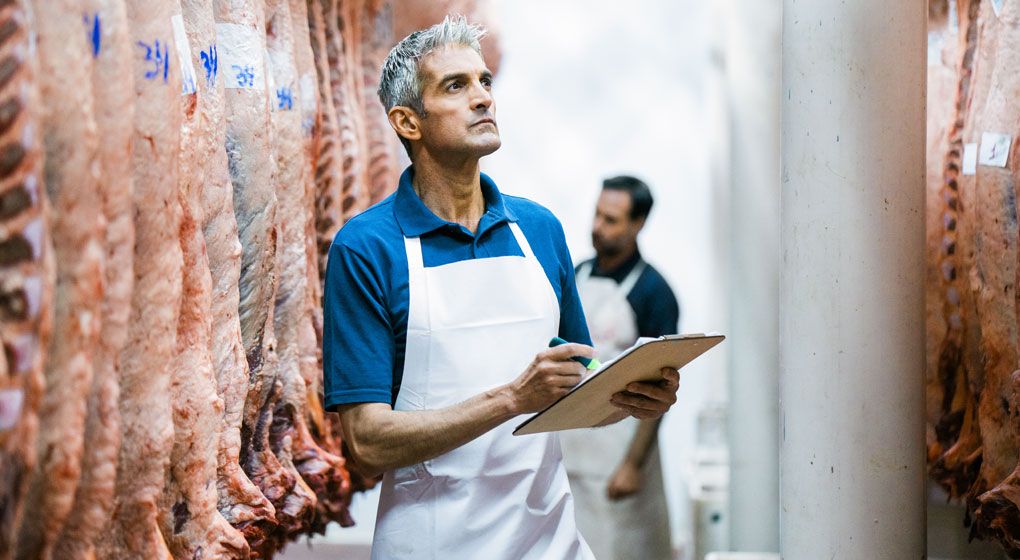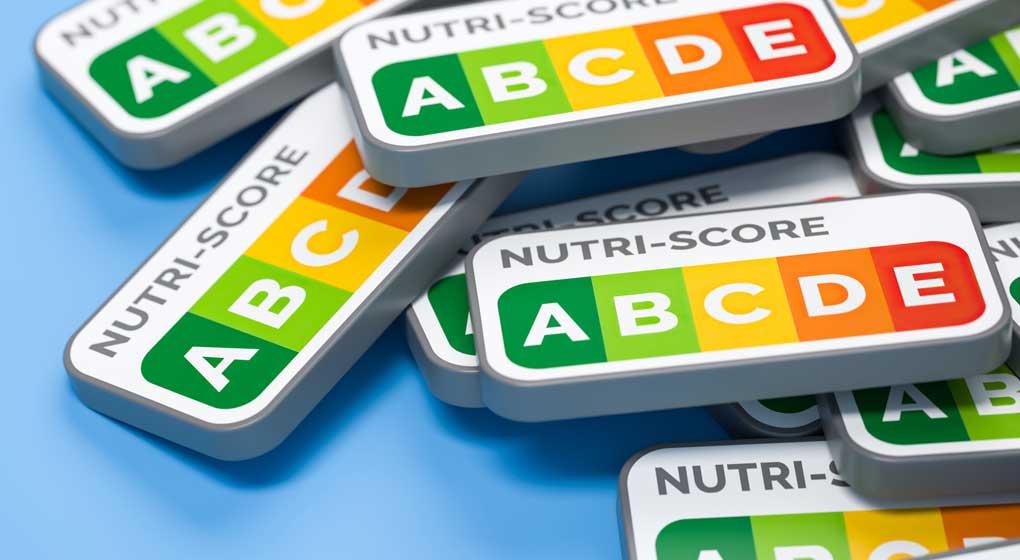Beef & veal
Beef and veal exports only resumed in 2006 following the BSE-related ban and remain well below imports. In recent years, beef and veal exports have been around 100,000 tonnes, equating to 15–17 per cent of production.
Domestic demand is particularly strong for hindquarter cuts. Therefore, although there are some shipments of premium beef, most exports are either of products for processing overseas or of products with a higher value overseas than in the UK. The latter category includes items for which there is no or minimal demand on the domestic market, such as offal.
Over time, there has been a move away from exporting carcases towards cuts (and particularly boneless cuts), where the value added in processing is retained on the domestic market. Bovine offal exports have rocketed over the past few years, in part on the back of improved market access outside the EU. Offal exports in 2015 amounted to 48,000 tonnes, more than double 2009’s level and up by nearly half since 2013.
The value of UK beef and veal exports in 2015 was £342 million. This was the lowest figure since 2010, as the weak euro hit both the volume and price of exports. On top of this, exports of bovine offal were worth £61 million.
The UK currently imports around 35 per cent of the beef and veal it consumes or around 250,000 tonnes annually.
In 2015, over 90% of UK beef exports went to other EU countries. Ireland and the Netherlands are the most significant destinations, accounting for 55–65 per cent of all trade. This is partly because the UK lost much of its capacity to process cow carcases during the BSE years and has never regained it. Carcases are now exported and the meat returned after further processing, the so- called ‘carousel effect’. It is thought that much of the other beef entering the Netherlands ends up elsewhere (e.g. France), sometimes after further processing.
The UK currently imports around 35 per cent of the beef and veal it consumes or around 250,000 tonnes annually. Imports have been fairly stable recently, although increasing somewhat in the last two years, partly due to the weak euro. The dominant supplier has always been Ireland, with a market share of almost 70 per cent. No other country accounts for more than eight per cent of UK imports. The EU supplies over 90 per cent of imports, with no single non-EU country supplying more than three per cent of the total.
Around three-quarters of imports are fresh/chilled beef, mostly boneless cuts, which achieve higher prices because little or no further processing is required and transport costs are lower. Carcases account for less than a fifth of fresh/chilled imports. As outlined above, some imports will be of UK beef (mainly cow beef) returning, following processing in Ireland or the Netherlands.
The remaining 25 per cent of imports are frozen consignments, also dominated by boneless cuts.
Tariffs and trade barriers
There is a lot of talk around at the moment about Free Trade Agreements (FTAs), as if they are automatically a good thing. However, there does need to be caution as we do not want the UK flooded with meat from other countries that is either not as well produced as UK meat or simply swamps the market with the concomitant negative impact on British farmers and meat processors.
Most beef imports into the EU are subject to ad valorem tariffs of 12.8 per cent, plus a fixed amount ranging from €1,414 to €3,041 per tonne, depending on the cut. In most cases, this tariff equates to an addition of 50 per cent or more to the value of imports, which seriously impacts on the ability of imported beef to compete with EU meat. Processed beef products are also subject to import tariffs but most bovine offal can be imported tariff-free.
The main non-tariff barriers limiting access to the EU market are sanitary and phytosanitary (SPS) measures. There is a range of such requirements but perhaps the most significant is the ban on beef from animals treated with growth hormones, a widespread practice in some major exporting countries.
Most other beef importing countries also have tariff and non-tariff barriers in place. For example, China imposes ad valorem tariffs of between 12 per cent and 25 per cent on beef imports.





